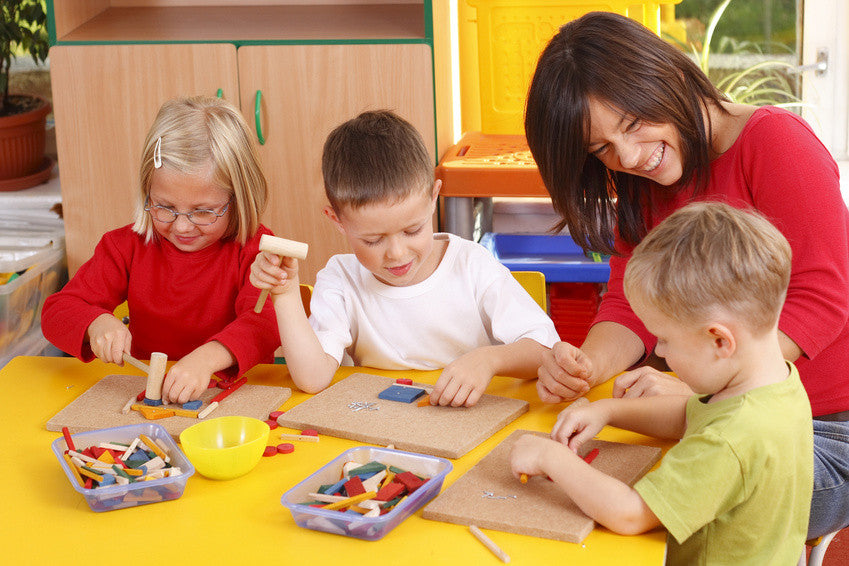
Simple Ways Educators Can Help Anxious Kids in the Classroom
Helping children deal with stress in a one-on-one setting can be done with the use of different types of counseling games. These allow therapist and child to form a strong personal connection that allows for better communication and building strategies to cope with their feelings. But educators are often faced with classrooms full of children who are anxious and stressed out. What can they do to help children feel more at ease in the classroom? Here are some excellent strategies to try out.
Closely Monitor Physical Surroundings
Whether you want to think about it or not, the classroom itself could be creating a stressful environment for students. Too much visual stimulation in the form of bright colors and lots of clutter around the space can make children feel anxious and trapped, when they should be feeling calm and focused. Take the time to ask your students if something in particular is stressing them out about the classroom. Better yet, ask the children if they'd like to help you decorate the classroom they'll be spending all of their time in.
Allow Movement and Fidgeting
Most children, especially those with ADHD, don't take well to sitting still. Instead of adding stress by attempting to force them to sit still, allow for movement and fidgeting that doesn't disrupt the class. Little stress games and toys like stress balls can help children focus while giving them an outlet for movement. you might be surprised at just how effective a strategy this turns out to be.
Actively Practice Types of Counseling Games
You may be in a classroom, but that doesn't mean counseling games and activities can't help you out. One in eight American children are living with anxiety, and odds are you'll have a few children with anxiety disorders inside your classroom. Things like emotions posters and feelings posters, icebreaker cards, and a variety of other activities can help your students feel calmer and more at home in your classroom.
Helping children handle stress and anxiety doesn't have to stop when they leave a counseling session. Rather, it should continue both at home and in the classroom. Don't hesitate to help your students handle their anxiety in any way possible.
Closely Monitor Physical Surroundings
Whether you want to think about it or not, the classroom itself could be creating a stressful environment for students. Too much visual stimulation in the form of bright colors and lots of clutter around the space can make children feel anxious and trapped, when they should be feeling calm and focused. Take the time to ask your students if something in particular is stressing them out about the classroom. Better yet, ask the children if they'd like to help you decorate the classroom they'll be spending all of their time in.
Allow Movement and Fidgeting
Most children, especially those with ADHD, don't take well to sitting still. Instead of adding stress by attempting to force them to sit still, allow for movement and fidgeting that doesn't disrupt the class. Little stress games and toys like stress balls can help children focus while giving them an outlet for movement. you might be surprised at just how effective a strategy this turns out to be.
Actively Practice Types of Counseling Games
You may be in a classroom, but that doesn't mean counseling games and activities can't help you out. One in eight American children are living with anxiety, and odds are you'll have a few children with anxiety disorders inside your classroom. Things like emotions posters and feelings posters, icebreaker cards, and a variety of other activities can help your students feel calmer and more at home in your classroom.
Helping children handle stress and anxiety doesn't have to stop when they leave a counseling session. Rather, it should continue both at home and in the classroom. Don't hesitate to help your students handle their anxiety in any way possible.

Leave a comment